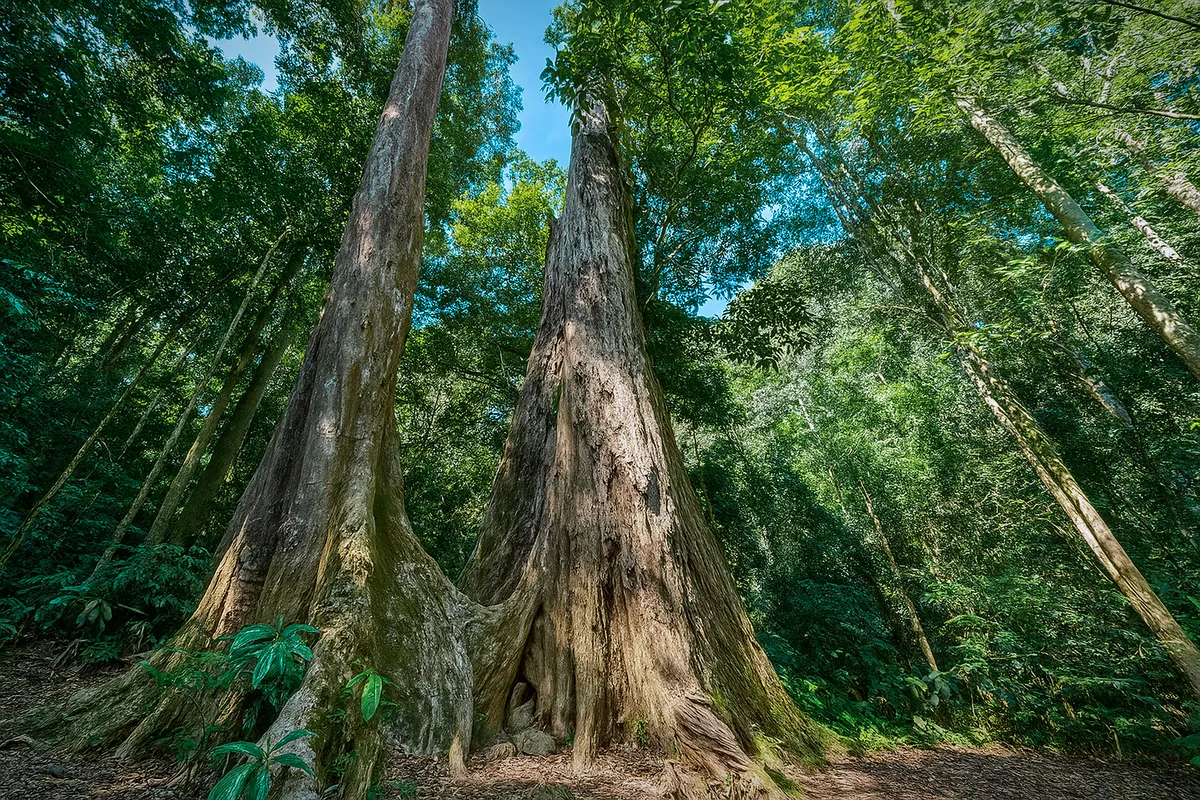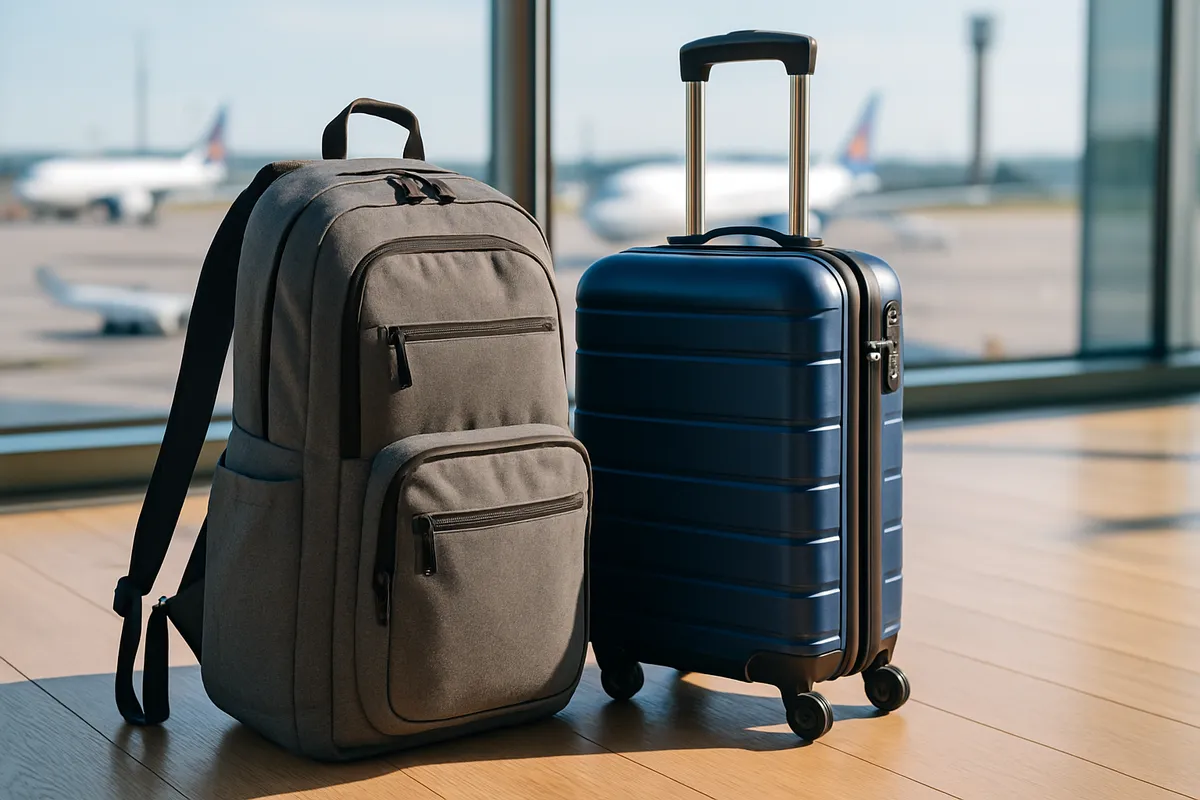How to deal with wild animals in the mountains and forests
- Wednesday, May 28, 2025, 21:10 (GMT+7)
How to deal with wild animals in the mountains and forests
One of the most underestimated yet potentially dangerous challenges of venturing into the wilderness is the risk of encountering wild animals. It is not only the large and obviously threatening creatures such as bears, wild boars, or cobras that pose danger, but also those that appear harmless at first glance, forest bees, leeches, centipedes, or even monkeys that have become too accustomed to humans and now display aggressive behavior. Many people underestimate these risks, believing such encounters to be rare. In reality, even a small misstep can turn a pleasant trekking trip into a survival test.
During trips with forest rangers in Cuc Phuong National Park and trekking expeditions through Pu Luong and Bidoup, it becomes clear that wild animals behave unpredictably. Sun bears typically avoid humans but will attack with startling speed if they are surprised or feel threatened. Wild boars move silently but can charge with lethal force when cornered. Snakes usually avoid confrontation but often bask on forest paths, making accidental encounters common. Each species is a variable in the wild, but the way these situations unfold often depends on human behavior.
To minimize the chances of running into wild animals, the first rule is to leave no trace. Professional trekking groups often advise against using perfumes or carrying fragrant food inside backpacks. Such items should be tightly sealed and hung high when camping overnight in the forest. Sound also plays a critical role. Talking in moderate tones and using trekking whistles to send periodic signals can alert wildlife to human presence and create a safe buffer zone. Interestingly, experienced trekkers warn that being excessively loud might actually attract curious animals instead of driving them away.
One of the most common scenarios is an accidental encounter with a large animal on the trail. In such moments, staying absolutely calm is essential. Do not scream, do not run, and do not make direct eye contact. Gestures like spreading your arms to appear larger, slowly stepping backward at a diagonal angle, or staying still if the animal shows no signs of aggression can help deescalate the situation. When facing a bear, the safest tactic is to curl up in a fetal position, protect the head and neck, and play dead if there is no other option. With monkeys, never smile or show your teeth, as this may be interpreted as a threat.
Snakes are among the most feared forest creatures, especially cobras and kraits which are common in northern mountains during hot seasons. The most important thing when spotting a snake is to freeze. Most bites occur when people try to chase the snake away or unknowingly step on one. A lesser-known tip is to tap a trekking pole on the ground while walking to create vibrations that alert snakes and give them time to slither away. If bitten, first aid must be administered immediately, immobilize the affected area, apply a light pressure bandage to slow the spread of venom, and get to a medical facility as soon as possible. Cutting the wound or sucking out the venom, as seen in movies, is dangerous and counterproductive.
Though not life threatening, smaller creatures like leeches, centipedes, or forest bees can still cause severe allergic reactions or infections if handled incorrectly. If a leech latches on, avoid ripping it off. Instead, use a lighter or apply concentrated salt water to make it detach. If chased by forest bees, do not run in a straight line or stop in open areas. Find a large object like a tree or rock to hide behind and quickly cover your head with a dark cloth. Never strike a beehive or wear scented products during dry forest seasons.
Another issue rarely addressed is the excessive interaction of visitors with wildlife. There have been incidents where people feed monkeys, take selfies with wild animals, or try to film them up close. These actions are not only dangerous to humans but also disrupt the natural behavior of animals, making them increasingly aggressive and less capable of surviving in the wild. Seasoned guides agree that the best way to protect both parties is through minimal human interference.
On deep forest journeys, a proper first aid kit is essential. Besides antiseptics and gauze, one should carry antihistamines, anaphylaxis medication, bandages, a trekking pole, a survival whistle, and a rechargeable flashlight. Learning how to use these tools is not just about self-protection, it is also a responsibility toward fellow travelers.
A small but valuable tip is to observe signs along the trail. Fresh animal droppings, broken branches, scratch marks on tree trunks, or fallen fur all indicate recent wildlife activity. When these signs are spotted, it is best to change direction and avoid setting up camp near streams or paths with many traces.
No forest journey is entirely without risk, but equipping yourself with the right knowledge and reflexes can mean the difference between danger and safety. As adventure travel becomes more popular, survival skills should no longer be seen as exclusive to professionals. They should be part of the basic toolkit for anyone wishing to step into the wild.
Being afraid is part of being alert. But fear loses its grip when people learn how to befriend the forest, the mountains, and the silent creatures that live within them. Understanding is the most reliable compass on any journey. And once you enter the realm of the deep forest, the most important goal is not just to witness its beauty, but to know how to return safely and tell that story with your whole heart.

 CHECKIN.VN
CHECKIN.VN








Share on